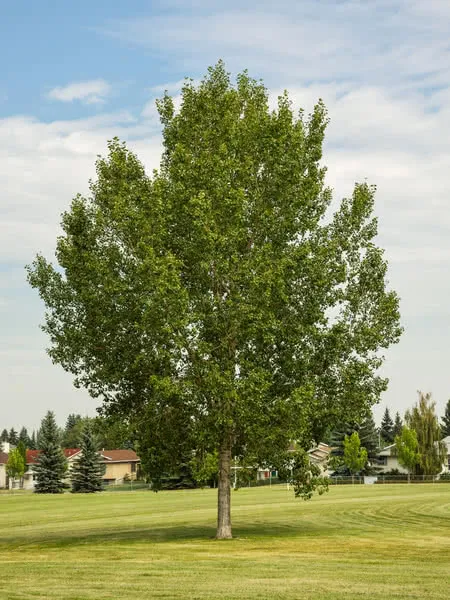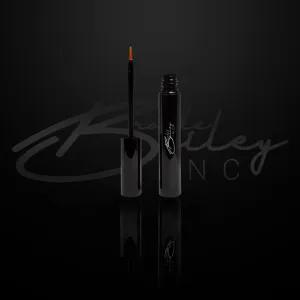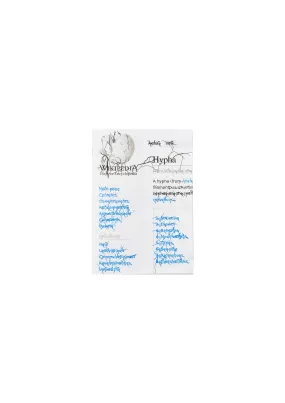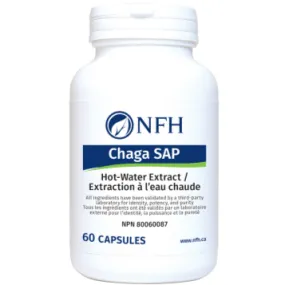The Northwest Poplar typically has a broad, oval to rounded crown with dense foliage. Its leaves are large, dark green, and heart-shaped with serrated edges. In the fall, the foliage turns a brilliant yellow before dropping. The bark is smooth and grayish-brown when young, becoming furrowed and darker with age.
- Size: This variety of Poplar is known for its fast growth, often reaching heights of 50 to 70 feet (15 to 21 meters) and spreads of 30 to 45 feet (9 to 14 meters) in ideal conditions. Growth can vary depending on environmental factors such as soil quality, moisture levels, and sunlight exposure.
- Location: Plant the Northwest Poplar in a location with full sun to partial shade. Ensure it has enough space to spread out as it grows.
- Soil: These trees prefer moist, well-drained soil but are adaptable to a variety of soil types. They can tolerate occasional flooding but don't thrive in consistently waterlogged conditions.
- Watering: Keep the tree consistently moist, especially during its establishment period. Once established, it can tolerate periods of drought but will benefit from regular watering during dry spells.
- Fertilization: Fertilize young trees in the spring with a balanced fertilizer to promote healthy growth. Mature trees typically don't require regular fertilization unless they show signs of nutrient deficiency.
- Pruning: Prune the Northwest Poplar in late winter or early spring to remove dead or diseased branches and to shape the tree if desired. Avoid heavy pruning, as this can stimulate vigorous growth.
- Pest and Disease Control: Keep an eye out for common pests such as aphids, caterpillars, and scale insects. Treat infestations promptly with insecticidal soap or horticultural oil. Also, watch for diseases like leaf spot and canker, which can be managed through proper sanitation and, in severe cases, fungicidal treatments.
- Mulching: Apply a layer of mulch around the base of the tree to conserve moisture, suppress weeds, and regulate soil temperature.












